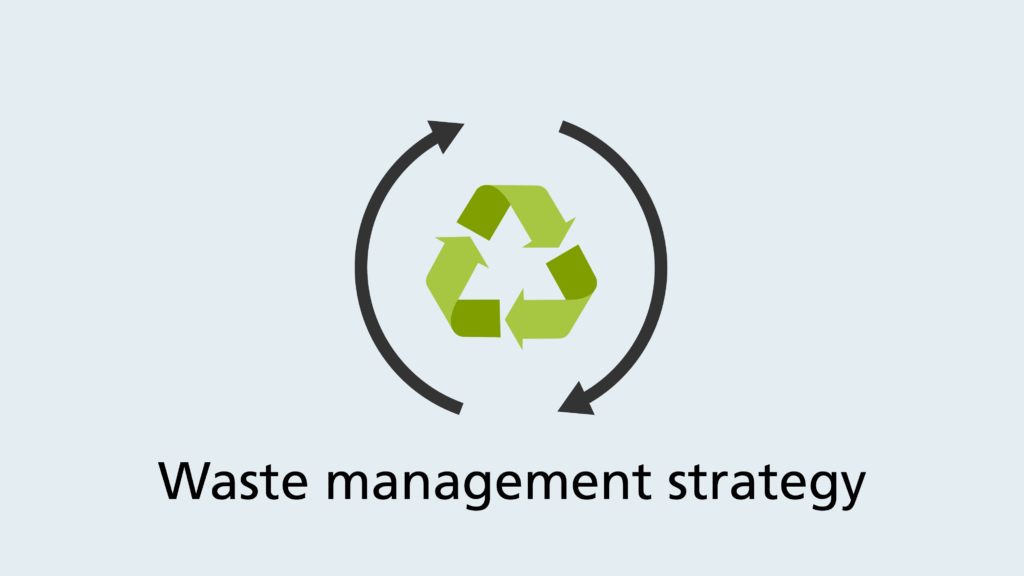
Navigating Tax Law Changes
Keeping up with changes in tax law can be a daunting task for individuals and businesses alike. From new regulations on deductions to shifts in tax brackets and credits, these changes can have a significant impact on your financial well-being. Proactively understanding and adapting to these shifts is crucial for effective financial planning and maximizing your tax efficiency. Key Strategies for Staying Informed Common Areas of Change The Importance of Proactive Planning Understanding these changes is just the first step. The real benefit comes from using this knowledge to plan proactively. This can include: While I cannot write the full article for you, this outline provides a solid foundation. If you need help with a different topic, please let me know.










